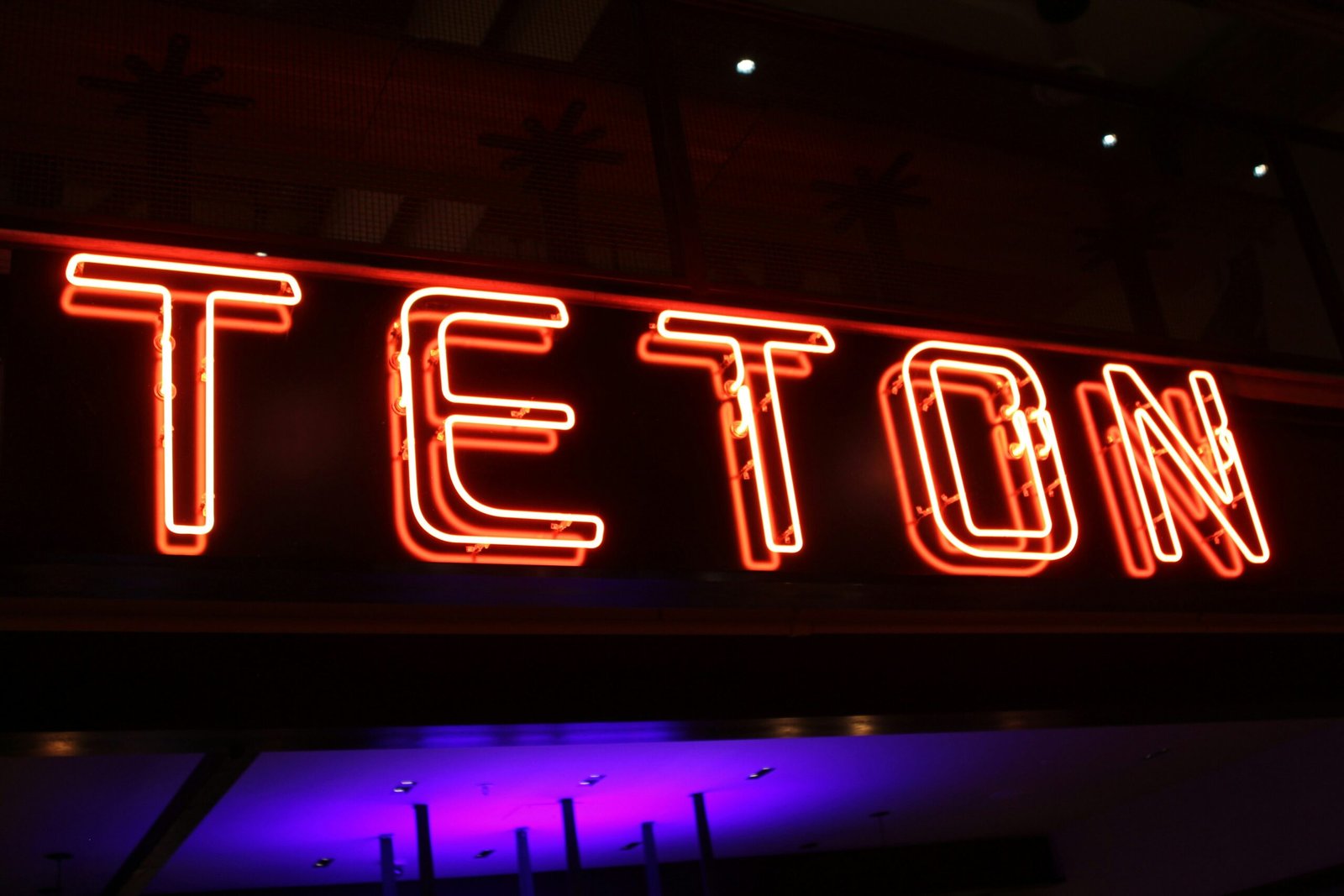
The incident involving Sinéad O’Connor tearing up a picture of the Pope during her live television performance on SNL sent shockwaves through both the entertainment industry and the religious community. It was a moment that would be etched in the memories of those who witnessed it, forever changing the perception of the controversial singer.
As the camera panned across the audience, capturing their stunned expressions, it became evident that O’Connor’s act was not just a mere publicity stunt. It was a powerful statement, a visual representation of her deep-rooted anger and frustration towards the Catholic Church.
O’Connor, known for her outspoken nature and fearless approach to addressing social and political issues, had long been a vocal critic of the Church’s handling of various scandals and its stance on controversial topics such as abortion and homosexuality. However, her decision to rip up a picture of the Pope took her activism to a whole new level.
As the torn pieces of the photograph fluttered to the ground, the silence in the studio was palpable. The audience, accustomed to the typical laughter and applause that accompanied SNL skits, was left speechless. The shock on their faces mirrored the shock felt by viewers around the world, who were witnessing this unprecedented act of defiance.
While some condemned O’Connor’s actions as disrespectful and blasphemous, others applauded her courage to challenge the status quo and bring attention to the issues she believed needed urgent addressing. The incident sparked a heated debate, not only about freedom of expression but also about the role of religion in society and the responsibility of public figures to use their platforms for social change.
For O’Connor, tearing up the picture of the Pope was a symbolic act, a way to shed light on the injustices she believed were being perpetuated by the Catholic Church. It was a wake-up call, a call to action for both the faithful and the skeptics to question the authority and practices of religious institutions.
In the aftermath of the incident, O’Connor faced both praise and backlash. Her career took a hit, with some radio stations refusing to play her music and concert venues canceling her shows. However, she remained unapologetic, standing firm in her beliefs and continuing to use her voice to advocate for change.
Years later, the image of Sinéad O’Connor tearing up a picture of the Pope still resonates, serving as a reminder of the power of one individual’s actions to challenge the status quo and ignite a conversation. It stands as a testament to the enduring impact of artists who dare to speak their truth, even in the face of adversity.
O’Connor’s protest against the Catholic Church’s handling of child abuse scandals was a defining moment in her career and a powerful act of defiance. Her actions on that stage not only showcased her outspoken nature and activism but also highlighted the need for accountability and justice within religious institutions. By holding up a picture of Pope John Paul II, a figure widely revered by Catholics, she directly challenged the Church’s authority and called on her audience to question the actions of those in power.
As the torn pieces of the photo fell to the ground, the impact of O’Connor’s protest reverberated throughout the music industry and beyond. It sparked intense debates about the role of artists in speaking out against social injustices and the responsibility of religious institutions to address and rectify their wrongdoings. O’Connor’s bold act of tearing the photo symbolized the breaking down of the façade of the Church’s moral authority and exposed the deep-rooted issues that needed to be confronted.
Following the protest, O’Connor faced both praise and backlash from various quarters. While many applauded her courage and applauded her for using her platform to shed light on the issue, others criticized her for what they perceived as an act of disrespect towards the Pope and the Catholic faith. The incident ignited a broader conversation about the boundaries of free speech, the power of artistic expression, and the role of religion in society.
Despite the controversy surrounding her protest, O’Connor’s message resonated with many who had been affected by the Church’s mishandling of child abuse cases. Her act of tearing the photo became a symbol of resistance and a call for justice, inspiring others to speak out and demand accountability. It also prompted a deeper examination of the systemic issues within religious institutions and the urgent need for reform.
Years later, O’Connor’s protest continues to be remembered as a pivotal moment in her career and in the wider context of social activism. It serves as a reminder of the power of art to challenge the status quo, to provoke conversation, and to bring about meaningful change. O’Connor’s unwavering commitment to speaking truth to power has solidified her place as an influential figure in the music industry and a beacon of hope for those seeking justice and accountability.
The backlash against O’Connor was swift and intense. Conservative religious groups and individuals accused her of sacrilege and blasphemy, arguing that her actions were disrespectful and offensive to the Pope, who is considered by Catholics to be the representative of God on Earth. They argued that her protest was an attack on the Catholic Church as a whole, rather than a critique of specific individuals or policies.
On the other hand, many survivors of sexual abuse within the Catholic Church and their advocates applauded O’Connor for her bold stance. They saw her action as a powerful statement against the systemic cover-up of abuse and the failure of the Church to hold perpetrators accountable. O’Connor’s protest resonated with those who had been silenced and ignored for far too long, giving them a voice and a sense of validation.
The media played a significant role in amplifying the controversy surrounding O’Connor’s protest. News outlets around the world covered the incident extensively, with headlines ranging from condemning her actions to praising her courage. Opinions were divided, with some journalists and commentators arguing that her protest was an important wake-up call for the Catholic Church, while others accused her of seeking attention and undermining the faith of millions of Catholics.
Amidst the heated debate, O’Connor remained steadfast in her beliefs and unapologetic for her actions. She continued to speak out against the Church’s handling of abuse cases and advocate for justice for survivors. Her protest sparked a broader conversation about the role of religion in society, the power dynamics within religious institutions, and the need to address institutionalized abuse.
In the years following the incident, O’Connor’s actions served as a catalyst for change within the Catholic Church. The scandal prompted a wave of investigations, lawsuits, and reforms aimed at addressing the issue of child abuse and ensuring accountability for those responsible. While O’Connor faced backlash and criticism in the immediate aftermath of her protest, her actions ultimately contributed to a greater awareness and understanding of the magnitude of the problem.
O’Connor’s Motivation
For O’Connor, the tearing of the Pope’s picture was a symbolic act meant to highlight the pain and suffering endured by victims of abuse. In an interview following the incident, she explained, “I wanted to make a statement that the Church’s silence on these matters is unacceptable. We need to prioritize the well-being of the victims and hold those responsible accountable.”
While some criticized O’Connor for her method of protest, it is undeniable that her actions sparked a conversation and drew attention to an important issue. The incident became a catalyst for discussions about the role of the Church in addressing and preventing abuse.
As news of O’Connor’s protest spread, survivors of abuse and advocates for justice began to share their own stories, creating a powerful wave of solidarity. The tearing of the Pope’s picture became a symbol of defiance against the institutional cover-ups and the perpetuation of abuse within the Church.
Public opinion on O’Connor’s act was divided. Some believed that her actions were disrespectful and inappropriate, while others praised her bravery and saw it as a necessary wake-up call for the Church. Regardless of the differing opinions, the incident forced the Church to confront the issue head-on and prompted them to take a closer look at their policies and practices.
The tearing of the Pope’s picture also ignited a larger debate about the power dynamics within religious institutions and the need for transparency and accountability. O’Connor’s act shed light on the systemic failures that allowed abuse to go unchecked for years, ultimately leading to a loss of trust in the Church.
Following the incident, O’Connor continued to be an outspoken advocate for survivors of abuse and tirelessly campaigned for justice. Her act of protest not only brought attention to the issue but also inspired others to speak up and demand change. The tearing of the Pope’s picture will forever be remembered as a pivotal moment in the fight against abuse within the Church, a symbol of the courage and determination needed to confront the truth and hold those in power accountable.
The Aftermath
Following the incident, O’Connor faced significant backlash from various quarters. She received death threats and was booed off stage during subsequent performances. The controversy also had a negative impact on her career, leading to a decline in record sales and concert bookings.
However, O’Connor remained unapologetic about her actions. She continued to speak out against the Church and advocate for the rights of abuse victims. Her protest became a defining moment in her career, solidifying her reputation as a fearless and uncompromising artist.
Despite the backlash, O’Connor’s actions resonated with many individuals who had experienced abuse or felt oppressed by the Church. Her bold stance sparked a much-needed conversation about the prevalence of abuse within religious institutions and the need for accountability. O’Connor’s protest also inspired other artists to use their platforms to address social issues and challenge the status quo.
In the years that followed, O’Connor’s career took a different trajectory. While her mainstream success may have waned, she found a dedicated audience who admired her for her courage and authenticity. O’Connor continued to release music and perform, albeit on a smaller scale, focusing on venues that aligned with her values and allowed her to connect with her fans on a more intimate level.
As time passed, the controversy surrounding O’Connor’s actions began to fade, and she was able to reflect on the impact she had made. In interviews, she expressed gratitude for the support she received from those who understood her intentions and respected her right to free speech. She acknowledged the personal toll the backlash had taken but remained steadfast in her commitment to speaking out against injustice.
Ultimately, O’Connor’s protest served as a catalyst for change, both within the music industry and society as a whole. It encouraged a dialogue about the power dynamics at play within religious institutions and the importance of holding them accountable for their actions. O’Connor’s bravery in speaking out against the Church paved the way for others to do the same, creating a ripple effect that led to increased awareness and action.
Legacy and Impact
Despite the backlash she faced, O’Connor’s protest had a lasting impact on the public’s perception of the Catholic Church and its handling of abuse allegations. It contributed to a shift in public opinion and increased pressure on the Church to address the issue more transparently.
Over the years, numerous other scandals involving the Catholic Church have come to light, further exposing the extent of the problem. The courage and determination displayed by O’Connor in tearing the Pope’s picture served as a catalyst for change and empowered other survivors of abuse to come forward and share their stories.
As news of O’Connor’s protest spread, it sparked a global conversation about the prevalence of abuse within religious institutions. People began questioning the authority and credibility of the Church, demanding accountability and justice for the victims. The incident also led to an increased scrutiny of the Church’s policies and procedures regarding abuse allegations, prompting reforms and stricter guidelines.
In the years following O’Connor’s protest, support networks for survivors of abuse within the Catholic Church grew stronger. Organizations dedicated to providing resources, counseling, and legal aid emerged, offering a safe space for survivors to heal and seek justice. These networks also played a crucial role in raising awareness about the long-term effects of abuse and advocating for systemic changes within the Church.
O’Connor’s act of defiance also had a profound impact on the survivors themselves. Seeing a public figure take a stand against the Church empowered many to confront their own traumatic experiences and seek help. It shattered the silence and stigma surrounding abuse, giving survivors the courage to speak out and demand accountability.
Furthermore, O’Connor’s protest inspired artists from various disciplines to use their platforms to shed light on the issue of abuse within religious institutions. Musicians, writers, filmmakers, and visual artists created works that explored the themes of power, corruption, and healing. These artistic expressions not only served as a form of catharsis for survivors but also helped educate the wider public about the systemic issues that allowed abuse to persist.
In conclusion, Sinead O’Connor’s protest against the Catholic Church had a far-reaching impact that extended beyond the immediate backlash she faced. It sparked a global conversation about abuse within religious institutions, empowered survivors to come forward, and prompted reforms within the Church. Her act of defiance continues to inspire individuals and communities to address the issue of abuse and work towards a safer and more just society.




